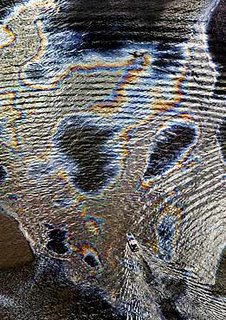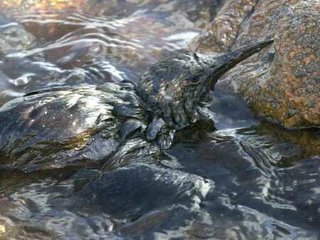
This picture and map gives a general idea of where the oil prevention action centers should be. With this geographical distribution of equipment and knowledge we can really limit the oil and/or chemical disasters very effectively. We must get better prepared, this is one possibility, if we want to do something about this issue which should be important for all of us, and the living environment.
I wonder how much these EU and other countries spend each year on military equipment that is stored away and just getting rusty and unusable, not used I hope, in a dark warehouse somewhere far away? What about using some of this money to do this work? Why not? It is the politicians that should take the decisions and they are responsible for all of this! Both the military rearmament ( wasting huge amounts of tax money ) and the environmental protection business where they use almost no money at all!
In the European Union there could be 50-75 centers if we include Norway and the Black Sea countries, Cyprus, Israel, Turkey, Syria and the North African Mediterranian countries. But they should not be further apart as you can find on the map!
With this EAC center distribution we can seal off harbours, parts of seas and waterways., and that saves money!
The price tag is not small, as these centers are estimated to be about 15 million Euros each and the whole price tag would be about 1000 million Euros. This should be paid by the European Union as all countries must participate in this prevention and possible clean-up operation. This will be less money than any large oil spill to handle and cleanup when you are not prepared at all!
If we would start with the construction of about 10 centers per year it would still take some 8-10 years before we have it all done. You must also realize that there are more other kind of chemicals transported on the seas than petrochemical crude! The accidents will come no doubt. Lets do something!
En Europa kartta från Google earth map och ritade in en tänkt täthet över center med tillräcklig utrustning samt skolnings möjligheter i hela Europa, inkluderande den norra Afrikas kust, Israel, Cypern, Turkiet samt Syrien och Svarta Havet.
Det skulle bli 50-75 nya center för skolning och material. Á priset cirka 15 miljoner Euro. Totala kostnader för beredskapen vore alltså cirka 1 mrd €uro. för hela Europa på nämda område.
Priset skall ju sättas i relation till vad tex Prestige olyckan kostade i rening, det var inte lite det.
Vem vet, kanske någon inser att det inte ändå vore så illa med en sådan organisation och täthet på dessa center. Man bör även komma ihåg att det transporteras mera övriga kemikalier på haven än råolja!
Should we do something?
















